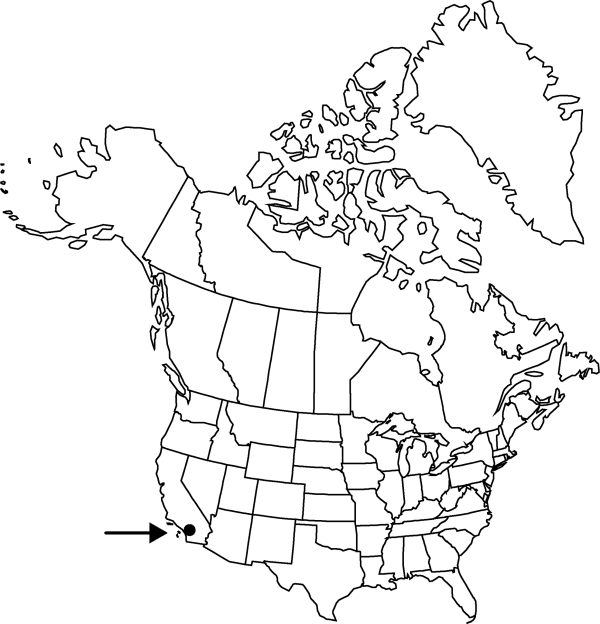Difference between revisions of "Opuntia basilaris var. brachyclada"
Man. S. Calif. Bot., 599. 1935.
Common names: Little beavertail pricklypear
EndemicConservation concern
Basionym: Opuntia brachyclada Griffiths Proc. Biol. Soc. Wash. 27: 25. 1914
Treatment appears in FNA Volume 4. Mentioned on page 145.
FNA>Volume Importer |
imported>Volume Importer |
||
| (5 intermediate revisions by 2 users not shown) | |||
| Line 8: | Line 8: | ||
}} | }} | ||
|common_names=Little beavertail pricklypear | |common_names=Little beavertail pricklypear | ||
| − | |basionyms={{Treatment/ID/ | + | |special_status={{Treatment/ID/Special_status |
| + | |code=E | ||
| + | |label=Endemic | ||
| + | }}{{Treatment/ID/Special_status | ||
| + | |code=C | ||
| + | |label=Conservation concern | ||
| + | }} | ||
| + | |basionyms={{Treatment/ID/Basionym | ||
|name=Opuntia brachyclada | |name=Opuntia brachyclada | ||
|authority=Griffiths | |authority=Griffiths | ||
| + | |rank=species | ||
| + | |publication_title=Proc. Biol. Soc. Wash. | ||
| + | |publication_place=27: 25. 1914 | ||
}} | }} | ||
|synonyms= | |synonyms= | ||
| Line 36: | Line 46: | ||
-->{{#Taxon: | -->{{#Taxon: | ||
name=Opuntia basilaris var. brachyclada | name=Opuntia basilaris var. brachyclada | ||
| − | |||
|authority=(Griffiths) Munz | |authority=(Griffiths) Munz | ||
|rank=variety | |rank=variety | ||
| Line 50: | Line 59: | ||
|publication title=Man. S. Calif. Bot., | |publication title=Man. S. Calif. Bot., | ||
|publication year=1935 | |publication year=1935 | ||
| − | |special status= | + | |special status=Endemic;Conservation concern |
| − | |source xml=https:// | + | |source xml=https://bitbucket.org/aafc-mbb/fna-data-curation/src/2e0870ddd59836b60bcf96646a41e87ea5a5943a/coarse_grained_fna_xml/V4/V4_278.xml |
|subfamily=Cactaceae subfam. Opuntioideae | |subfamily=Cactaceae subfam. Opuntioideae | ||
|genus=Opuntia | |genus=Opuntia | ||
Latest revision as of 21:57, 5 November 2020
Stem segments decumbent, little flattened, oblong to narrowly spatulate, cylindric to clublike, 5–13 × 1.5–5 cm; areoles 4–6(–7) per diagonal row across midstem segment, circular. Spines absent. Fruits spineless. 2n = 22.
Phenology: Flowering spring (May).
Habitat: Slopes of chaparral, oak-pine woodlands
Elevation: 1200-1800 m
Discussion
Of conservation concern.
Selected References
None.
Lower Taxa
None.
